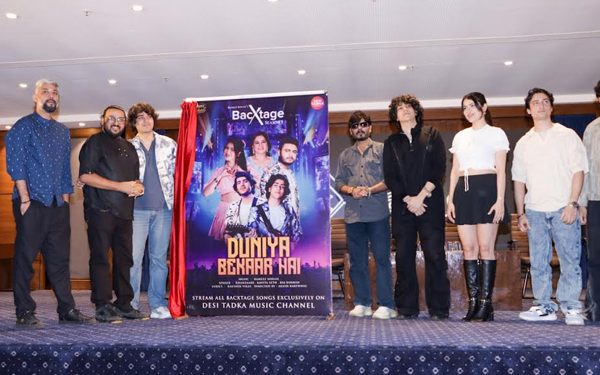The current size of the music industry stands at Rs 1200 crore and piracy occupies almost 50 per cent of the same, amounting to Rs 600 crore. Piracy is an issue which continues to grow as technology advances in creative industries like films, music or games. Piracy occurs when there is a better and cheaper way of producing a product and there is a demand for that cheaper duplicate product. As technology advances, piracy problems are getting more and more compounded.
When it comes to illegal movies available on the internet, the movies here are appearing on the Net only after the movie is released but abroad, the content is being uploaded before the film’s release, which means the pilferage is actually taking place at the production level. The Indian Music Industry (IMI) in its past six years experience has not seen this happening in India.
So, the content is uploaded illegally only after the original CDs are out in the market. The question prevails, why can’t the industry look at some technological solutions to get copy protected products in the market? The argument raised by the industry is that there is a copy break technology available and there is no point in investing in it.
There can be five different solutions for Intellectual Property protection, varying from technological, marketing, pricing, enforcement and legal solutions. On the technology front, the companies can look out for copyright technology. For example, On Sony Playstation, you can only play Sony games. This helps curb piracy to an extent. Marketing solutions to piracy would include packaging the product differently, changing the packaging regularly, something which is done efficiently by FMCG products which change the colour, shape etc.
Pricing policy is one solution where individual music companies can reduce their prices and fight with the pirates. IMI can look only into enforcement and legal solution, but the companies have to get into technological, marketing and pricing strategies to counter attack piracy.
Music labels, software companies, gaming companies should come forward and take steps for Intellectual property protection. The IMI has been strong in the legal and enforcement part of piracy. The issue of piracy persists worldwide and the industry must see intellectual property as an integral part of an organisation and the CEO has to take steps or else piracy will continue.
To curtail Internet piracy, our tracking team has shut down 600 illegal sites in five years. We reguarly the defaulters urging them to either clean up or make their website legitimate. Internet piracy is no different from mobile or physical piracy; you need to have a strategy. Strategy cannot be necessarily investing money but time, to think of a solution to deal with IP, advancing technology and ways to monetise it.
Revenues of the IMI are going up, which indicates that we have been successful in tracking the defaulters in a better way this year. We have a strength of 60-70 officers in PPL and 70 people in IPRS to ask for licenses, and then it is the IMI who enforces the laws. We appreciate the work of the police in carrying out the raids and plan to increase our training programmes to 200 a year from the present 75.
Every solution will affect the price of the CD but the industry complains that we lose 60-80 per cent of our money to piracy. If you want to garner that money, you need to invest something for it. There are companies paying Rs two billion for signing artistes but are not paying anything for anti-piracy or their IP budgets. Anti piracy strategy needs to be a part of the budget of a film. My message to the industry is to invest in making the anti piracy system work better.
—-
Indian Music Industry secretary general Savio D’Souza explains the industry body’s stance on piracy, and the measures the industry needs to take to protect Intellectual Property Rights, on the occasion of International Music Day. “The current size of the music industry stands at Rs 1200 crore and piracy occupies almost 50 per cent of the same, amounting to Rs 600 crore. Piracy is an issue which continues to grow as technology advances in creative industries like films, music or games. Piracy occurs when there is a better and cheaper way of producing a product and there is a demand for that cheaper duplicate product. “













